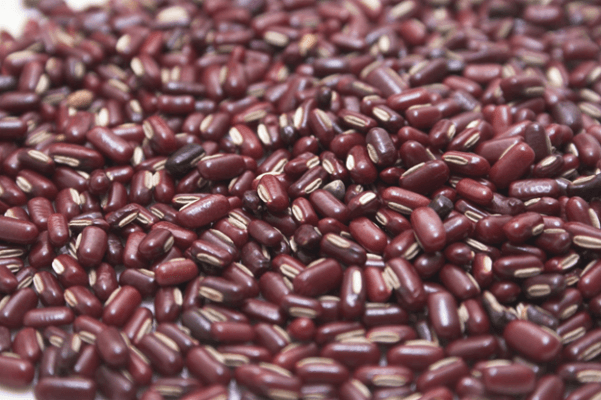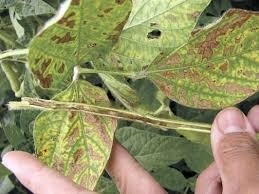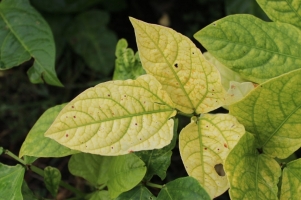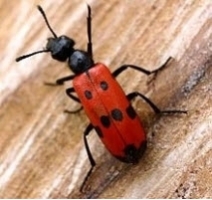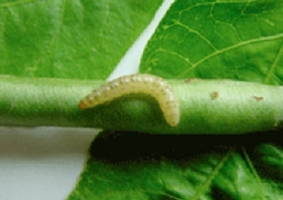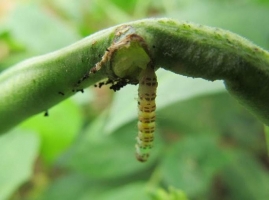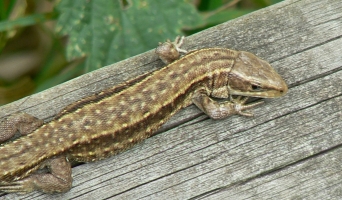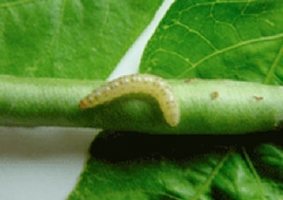General Information
Ricebean is known as Vigna umbellata as botanical name. It is a perennial legume having an average height of 30-100 cm and can be grown up to 200 cm. The leaves are trifoliate having leaflets 6-9 cm long. The flowers are bright yellow in color which bears fruits. Fruits are cylindrical which bears the seed of 6-8 mm in size. It is found in Indo-China, Southern China, Nepal, Bangladesh and India. Himachal Pradesh, Uttaranchal, Assam, Manipur, Meghalaya, Mizoram, Nagaland, Sikkim, Tripura, Madhya Pradesh and Chhattisgarh are major rice bean growing states in India.

